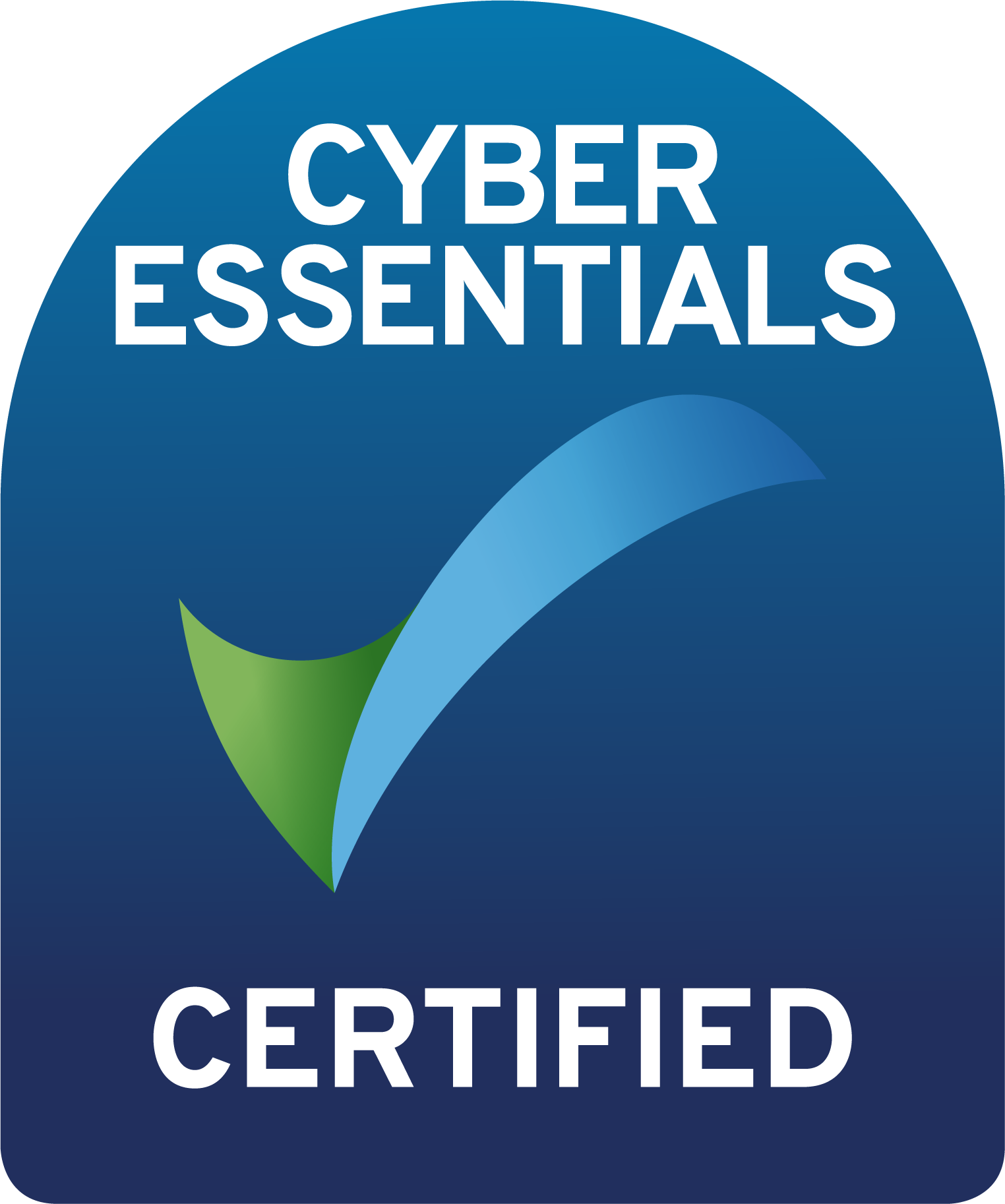ESOS – How did it go?

The deadline for businesses to register with the Environment Agency (EA) their compliance with the Energy Savings Opportunity Scheme (ESOS) has now passed.
However, feedback from lead assessors has highlighted that compliance was taking longer than expected and therefore the EA has extended the deadline to the 29th January 2016 for those companies that can show that they had planned to meet the original compliance date.
The CIBSE journal has published an article highlighting the difficulties met in becoming compliant with ESOS.
Meeting Deadlines
As previously stated, the EA has extended the deadline for companies that provided evidence of a plan to comply with ESOS by the original deadline of the 5th December 2015. These companies now have until the 29th January 2016 to comply, with any penalties being applied three months from this date.
The CIBSE article highlights a number of comments as to why companies were non-compliant; ranging from insufficient notice to confusion about data requirements.
How well was ESOS Circulated?
The article highlights concerns that ESOS requirements were not well circulated, leaving a number of companies unaware of their need for compliance. In addition to this, several companies complained of insufficient notice of the timescales, leading to rushed attempts at compliance.
Some blame is placed on the poor dissemination of, and failure to promote, ESOS as a benefit to businesses leading to a “race to the bottom” on cost; thus delaying processes and contributing to companies being overcharged, or advised of more expensive routes to compliance. This has the potential of harming the reputation of ESOS as well as the accreditation bodies and the industry as a whole.
Andrew Geens – Head of Certification at CIBSE – stands by the government and the EA in their efforts to make people aware of ESOS by saying “There has been a lot of coverage in the industry press and the EA has run roadshows in different parts of the country”.
What Obstacles were faced?
One of the biggest challenges faced by ESOS Lead Assessors was the time that it took to organise audits and the difficulty in bringing the relevant, and often disparate, personnel together. Communication is key and that a single person’s lack of response can greatly delay the whole process.
On top of this, the collecting of data to determine energy use, particularly employees’ transport data, proved to be a time-consuming task.
One of 2EA’s clients, The Circadian Trust, stated “The main challenge was making sure we had all the relevant data, and that it was validated before passing it over to the consultants. However, having your business energy analysed independently by the consultants is a good way of measuring performance.”
What next for ESOS?
ESOS has been a necessary wake up call for organisations in the UK and it has provided the basis for boardrooms to focus on energy efficiency.
Now that businesses are forced to focus on energy efficiency, it is felt that they will take the opportunity to implement energy management systems such as ISO50001 which will be used in the longer term by organisations to improve their energy management.
There is also the potential for ESOS to support other regulations in the future; with the hope that company directors will implement the recommendations, despite there being no legal requirement.


